Bobby Deol born as Vijay Singh Deol was born on January 27, 1967, and he is a Bollywood actor. Born into an acting family of Jat Sikh ethnicity, Deol is the son of the acclaimed Bollywood actor Dharmendra and the brother of Sunny Deol, also a successful actor in the Mumbai based Indian film industry.
Deol has been featured mostly in thriller films, often playing wealthy but vulnerable middle class characters, affected by the corrupt establishment and women and often propelled into crime to avenge the deaths of loved ones. His films commonly involve themes of jealousy, deceit and revenge and in his more romantic thrillers often involve him caught in love triangles. Deol was awarded the Filmfare Best Debut Award for his role in the 1995 film Barsaat and was later nominated for the Filmfare Best Actor Award for his performance in Humraaz in 2002.
Bobby Deol was born into a Jat family and is the second son of Bollywood movie star Dharmendra and Prakash Kaur. He is the younger brother of Sunny Deol (born 1956). Bobby Deol was born in Mumbai, Maharashtra, India. He has two sisters, Vijeyta and Ajita, and two half sisters – from his father's second marriage to actress Hema Malini – Esha Deol and Ahana Deol. Actor Abhay Deol is his cousin. Bobby Deol is married to Tanya Ahuja, with whom he has two sons. His eldest son Aryaman was born in June 2001. His second son was born on 5 November 2004 and was named Dharam, after his father.
Career (1990s)
Deol making his debut in Barsaat in 1995 as Badal. The role won him the Filmfare Best Debut Award, and his only Filmfare award to date. Deol first briefly appeared as a child actor in the film Dharam Veer in 1977. Just ten years old at the time, he played the younger version of the film's lead actor, his father, Dharmendra. Deol then made his adult debut with Twinkle Khanna in the 1995 Bollywood film Barsaat, directed by Rajkumar Santoshi. Deol plays the character of Badal, a naive but intelligent young man who moves from a small village to the big city and gets caught up with corrupt police and criminal gangs amidst falling in love. Partly shot in Scotland, Deol broke his leg in an equestrian accident while filming and had to be flown to London to recuperate and had to call off several publicity shoots which documented his debut. The film was nonetheless a considerable success and garnered him the Filmfare Best Debut Award. In 1997, Deol starred in Gupt: The Hidden Truth, a suspense thriller directed by Rajiv Rai, considered his breakthrough role. Cast alongside Manisha Koirala, Kajol, Paresh Rawal, Om Puri and Raj Babbar, Deol played the role of Sahil, a young man accused of murdering his step father over an engagement proposal and wrongly imprisoned. He escapes and tracks down the real killer. Gupt: The Hidden Truth was highly acclaimed for its storyline and soundtrack and was a major commercial success. In the same year, Deol appeared in Aur Pyaar Ho Gaya, alongside Aishwarya Rai in her debut Bollywood role.
In 1998, Deol starred opposite Neha in the Vidhu Vinod Chopra film, Kareeb. Deol played the character of Birju, an irresponsible young man from an upper middle class family in Himachal Pradesh with a love of petty thievery and deceit. Later in 1998, he appeared in Abbas Mustan's military thriller Soldier, alongside Raakhee Gulzar and Preity Zinta. Deol played the mysterious character of Vicky, later revealed as Raju, son of Vijay Malhotra who was convicted of arms smuggling. In 1999, Deol starred in Dillagi, directed by and co-starring his brother Sunny Deol. The film is noted for being the first time Sunny Deol directed a film and also the first time he acted alongside Bobby. This pairing was repeated in 23rd March 1931: Shaheed (2002) and Apne (2007). Dillagi features the two as the brothers Ranvir and Rajvir, fighting for the affection of Shalani (Urmila Matondkar).
2000-2003
In 2000, Deol appeared in the action drama Badal alongside Rani Mukerji, under the director's helm of Raj Kanwar. The film is set in 1984 when riots were engulfing parts of Punjab and Delhi. Deol plays the character of Badal, a boy who witnesses the massacre of his family and villagers by a corrupt police official Police Inspector Jai Singh Rana (Ashutosh Rana) and grows up to be a dreaded terrorist, fuelled by the anger and hatred of the authorities who wrongly deprived him of his family and friends. The film is inspired by The Devil's Own (1997), starring Brad Pitt and Harrison Ford. Following this he starred alongside Karisma Kapoor in Hum To Mohabbat Karega (2000), and reunited with Rani Mukerji to star in Bichhoo (2000), a blatant remake of Luc Besson's 1994 film Leon, starring Jean Reno and Natalie Portman. In Bichhoo, Deol plays Reno's role, Jeeva, a young man from a struggling middle-class family who has the misfortune of falling in love with the wealthy Kiran (Malaika Arora). Her cruel, disapproving father in rage at their relationship has Jeeva's mother and two sisters publicly arrested for prostitution, and eventually all three kill themselves. Jeeva becomes a professional killer and later extracts vengeance against Kiran's father and his henchmen. The film and Deol's performance was panned by the critics, with Sakanya Verna of Rediff.com citing the film as "one of the most painful of the year" and commenting, "Bobby Deol's performance is quite, well, robotic. He religiously hangs on to a brooding expression right through the film. Why o why doesn't someone insist he goes to an acting school?"
In 2001 (although filmed in 2000), Deol starred alongside Karisma Kapoor, Rahul Dev and Smita Jaykar in Aashiq. Following this, he featured in Abbas Burmawalla and Mustan Burmawalla's thriller, Ajnabee, alongside Kareena Kapoor, Akshay Kumar and Bipasha Basu. The film, adapted from the 1992 American thriller film Consenting Adults, features Deol as Raj, the new husband of Priya Malhotra (Kapoor) who after moving to Switzerland and initially befriending their neighbours (Kumar and Basu), become entangled in a web of deceit and extra-marital activity. Ziya us Salaam of The Hindu was unconvinced with Deol's performance, remarking that he "only occasionally manages to transmit fear of the fugitive."
In 2002, Deol starred alongside his brother Sunny in the historic film 23rd March 1931: Shaheed. Set in British India, it depicts the events leading up to the hanging of Indian freedom fighter Bhagat Singh and his companions Rajguru and Sukhdev on March 23, 1931. The film stars Bobby Deol as Bhagat Singh and Sunny Deol as another revolutionary Chandrashekhar Azad. The film received a mixed reception from critics, with some good reviews. Rediff.com believed the movie had plenty of good moments, and plenty of bad ones and believed the film was superior to that of the original on Bhagat Singh, although they believed the agony of Bhagat Singh's fight was underplayed, diminishing the brutality and anguish suffered in the real life event. While Deol was praised for some scenes, he was criticized for shouting and Rediff believed he was overshadowed by Ajay Devgan remarking, "In terms of performance, Devgan is clearly the winner, with the advantage of a stronger script and a better director. Devgan, who reportedly lost weight to look the part, is today emerging as one of India's finest actors, willing to try out different roles. Deol tries his best, but it is difficult to shout and act simultaneously."
Later in 2002, Deol was nominated for the prestigious Filmfare Best Actor Award for his role as a suave, wealthy shipping businessman in Abbas-Mustan's romantic thriller Humraaz. The film is inspired by Alfred Hitchcock's Dial M For Murder (1954) (remade in 1998 as A Perfect Murder) and features Deol in a love triangle with Akshaye Khanna and Amisha Patel. The film was generally praised by critics/ with Chitra Mahesh of The Hindu, saying "Bobby Deol spends the entire first half looking moony eyed and spaced out, but overcomes the stupor towards the end where he actually gives a good performance. Deol's final film of 2002 was David Dhawan's Chor Machaaye Shor in which he played Shyamm alongside Paresh Rawal, Shilpa Shetty, Bipasha Basu and Om Puri, a small time crook who gets his hands on some diamonds worth millions.
2004-2006
In 2003, Deol took a hiatus from acting and returned to the screen in 2004 in Kismat opposite Priyanka Chopra. In Bardaasht, a drama based on the screenplay written by Vikram Bhatt, Deol starred alongside Lara Dutta and Rahul Dev as Aditya Shrivastav, a deserted army officer. The film deals with themes of police brutality and corruption and justice. Deol then played another army officer, a Lieutenant Commander in Anil Sharma's Ab Tumhare Hawale Watan Saathiyo as Kunaljit Singh/Vikramjeet Singh. The film, which featured some prominent Bollywood actors such as Amitabh Bachchan (who played a general and Deol's father), and Akshay Kumar, it was arguably Deol's highest profile film to date but despite high box office expectations it was a commercial failure. His most famous role of all time in ab tumhare watan satio was when he wore a pugh/turban. That gave him more audience from the Punjabi crowd, and had gotten comments saying he looks better in a turban.
In 2005, Deol starred in Vikram Bhatt's thriller Jurm as the wealthy businessman Avinash Malhotra who suspects his wife Sanjana (Lara Dutt) of having an affair with Rohit (Milind Soman). Deol's performance was praised by a number of critics, with Vivek Fernandes of Rediff.com remarking, "Bobby Deol, Bhatt's schoolmate, does his alma mater proud with his controlled performance. There's a sense of maturity about his candour, which is good news." Deol then starred alongside Sanjay Dutt, Sunil Shetty and Ajay Devgan in Mani Shankar's war movie Tango Charlie as an Indian trooper named Tarun Chauhan of the 101st BSF Battalion, operating in the northeastern Indian province of Manipur. He followed this role by featuring in Suneel Darshan's romance film Barsaat as the ambitious young Indian Arav, who, in living in the United States, becomes involved in a love triangle with beauties Priyanka Chopra and Bipasha Basu. The film was not a critical success, with Ziya us Salaam of The Hindu concluding, " A moth-eaten love triangle with all the stereotypes Bollywood survives on - a devoted wife with her karva chauth ki thali, the other woman with her mini-skirts, a joint family, songs, festivities..... No shower of rejuvenation, this "Barsaat" is just drenched in mediocrity." She was equally unimpressed with Deol's performance, remarking, "The girls are ready with their curls and curves, the guy just appears lost, making you wonder if Bobby has grown even an inch as an actor since he made his debut in Rajkumar Santoshi's film by the same name." His final role of 2005 was as Karan in Dosti: Friends Forever, opposite Akshay Kumar, Lara Dutta, Kareena Kapoor, and Juhi Chawla. He once again plays a wealthy businessman but is down on his luck with his finances and romancing women. The film, although performing below average in India was a major success in the United Kingdom, where it became the highest grosser of Bollywood in 2005, grossing around £888,000.
In 2006, Deol starred in the romantic musical film Humko Tumse Pyaar Hai. Deol played Raj, a character who falls in love with Durga (Amisha Patel), a beautiful blind woman with a talent for shaping pottery but faces competition from Rohit (Arjun Rampal). Deol and Patel have been labelled as the "Bollywood equivalent of Hugh Grant and Rene Zellweger". Although the film received a mixed reception, a number of critics praised Deol's performance as Raj, with Taran Adarsh commenting, "Bobby Deol is only getting better as an actor. He manages to register an impact in a film that belongs to Amisha and Arjun primarily." Later that year, he made a brief special appearance in Alag in the song Sabse Alag.
2007-present
In 2007, Deol starred in 7 films. The first of them, Shakalaka Boom Boom, was shot in South Africa and is based on conflicts and the power game involved in the functioning of the music industry, addressing the themes of envy, jealousy, insecurity, anxiety, manipulation and anger. The film, which featured Bobby alongside Upen Patel, Kangana Ranaut and Celina Jaitley was generally praised by critics, especially for its choreography, and Deol received some very positive reviews. Taran Adarsh of IndiaFM.com said after viewing the film, "Both Bobby and Upen get fabulous roles and the two actors make the most of it. Bobby is one of the most under-rated actors around. His work has been consistent all through, but one tends to overlook this talented actor's abilities all the while. Watch him go negative in Shakalaka Boom Boom and you'd agree that he's amongst the best in the business today. His outburst in the end is remarkable."
Deol's second film of 2007 was Jhoom Barabar Jhoom , which saw him play the character of Steve/Satvinder Singh opposite Abhishek Bachchan (who played a gypsy in London), Preity Zinta, and Lara Dutta. Directed by Shaad Ali, the film was produced by Aditya Chopra and Yash Chopra under the Yash Raj Films banner. The film was not critically acclaimed and was mostly criticized by what critics believed was a shallow screenplay. the gave the film a 1.5 out of 5 rating, saying, "the film is all gloss, no substance". He also believed that Deol was overshadowed by his co-stars, remarking that the film, "belongs to Abhishek first and Preity next". Deol next starred in the boxing drama Apne. The film was a family affair, featuring Bobby Deol alongside his father Dharmendra, a disgraced retired boxer who trains Bobby and his brother (Sunny Deol) to become champion boxers but in doing so creates a rift within the family. Apne was a major commercial success, particularly in northern India and overseas, especially in the UK, where it made £579,457 on the opening weekend, entering into the UK. Top Ten at Number 3."Acting skills cannot be taught. They can only be explained. Everybody has their own styles and techniques. I cannot ape my father nor can he ape me. So these are the things I've learnt from my father". - Deol commenting on the acting profession during the promotion of Apne in 2007. Deol next starred in the suspense thriller Naqaab, another Abbas-Mustan film which features him alongside Akshaye Khanna and Urvashi Sharma as another millionaire caught in a love triangle. Deol received a mixed reception for his performance. For instance, Raja Sen of Rediff.com praised several of his scenes, remarking, "Bobby gets a considerably meaty role, and there are a couple of moments when he genuinely works the audience", but describes his character as "sensitive to an annoying hilt".
In 2008, Deol starred opposite in Priyanka Chopra, Danny Denzongpa and Irrfan Khan in the crime drama Chamku, playing the lead character and titlesake of Chamku, a man raised by Baba (Denzongpa), a Naxal leader based in the southern interiors of Bihar, after his family was brutally murdered. He is assigned by a covert governmental program jointly conceived by RAW and Intelligence Bureau to carry out political assassinations but after falling in love with the kindergarten teacher Shubhi (Chopra), he decides to lead a reformed life but is later tempted to turn to crime again. Kabeer Kaushik, the director of the film had originally approached Deol to play the lead role in his debut film, Sehar, but despite liking the script, Deol turned it down because at the time he was not prepared to work with a debutant director. Deol next featured in Heroes as an army officer and DJ Dhananjay "DJ" Shergill alongside a strong cast which included Salman Khan, Preity Zinta, Sunny Deol and Mithun Chakraborty. Although initially set to be released on 6 June 2008, it was pushed to 24 October 2008, the opening weekend of the holiday Diwali. Much of the filming took place in northern India, including Ladakh (notably Pangong Tso), Chandigarh, Punjab, and Delhi. Deol's last role in 2008 was in the film Dostana , as Abhimanyu Singh, supporting role to the films' main stars Abhishek Bachchan, John Abraham and Priyanka Chopra under the Dharma Productions banner The film explores the story of two men who pretend to be gay but both fall in love with the same girl, their roommate. Dostana is the first Bollywood film to be filmed entirely in Miami, United States and went on to become the eighth highest grossing film at the Indian Box Office in 2008.
In 2009, Deol portrayed Nandu, an orphan turned assassin wrongly accused of a politician's murder in the movie Ek - The Power of One. Deol's next film titled, Help, was shot in Mauritius, in which he appeared opposite Mugdha Godse. The film was released on August 13, 2010. His next release Yamla Pagla Deewana is set to release on January 14, 2011.
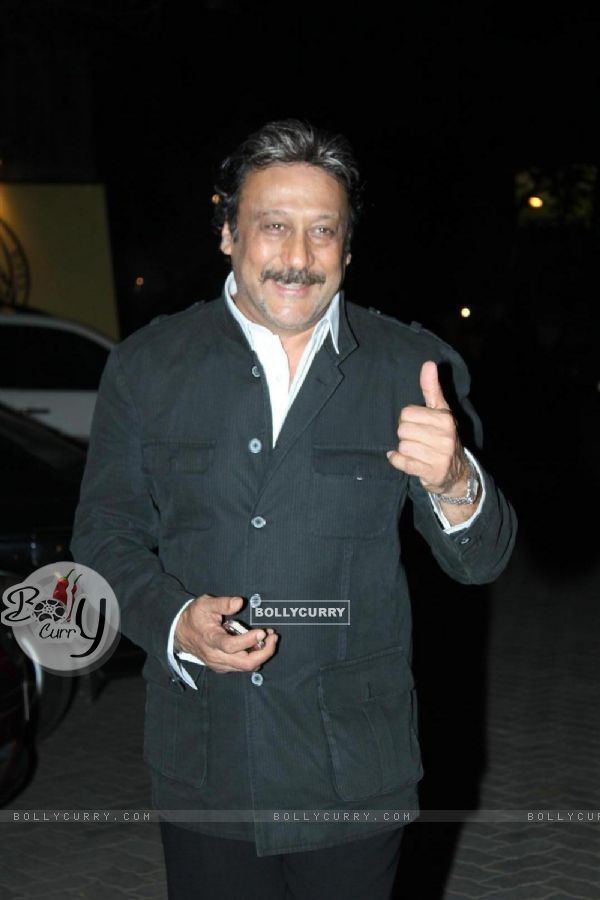 [/caption]
[/caption] [/caption]
[/caption] [/caption]
[/caption] [/caption]
[/caption] [/caption]
[/caption]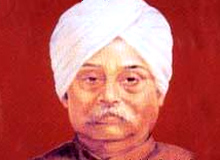 Lala Lajpat Rai immensely contributed in attaining independence the nation. He helped in establishing few schools in the country. He also initiated the foundation of Punjab National Bank. In 1897, he founded the Hindu Orphan Relief Movement to keep the Christian missions from securing custody of these children. He died after the police lathi-charged on the activists, protesting the arrival of Simon Commission.
Lala Lajpat Rai immensely contributed in attaining independence the nation. He helped in establishing few schools in the country. He also initiated the foundation of Punjab National Bank. In 1897, he founded the Hindu Orphan Relief Movement to keep the Christian missions from securing custody of these children. He died after the police lathi-charged on the activists, protesting the arrival of Simon Commission.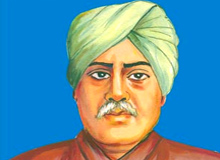
 [/caption]
[/caption] [/caption]
[/caption] [/caption]
[/caption]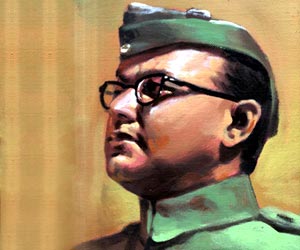 [/caption]
[/caption] [/caption]
[/caption].jpg) [/caption]
[/caption] [/caption]
[/caption] [/caption]
[/caption] [/caption]
[/caption] [/caption]
[/caption] [/caption]
[/caption] [/caption]
[/caption]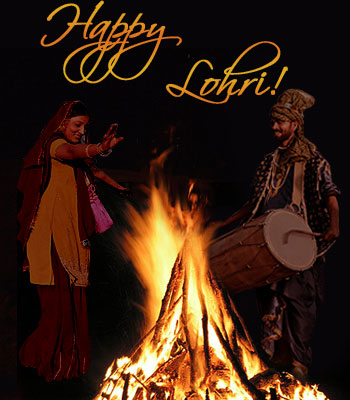 [/caption]
[/caption] [/caption]
[/caption]
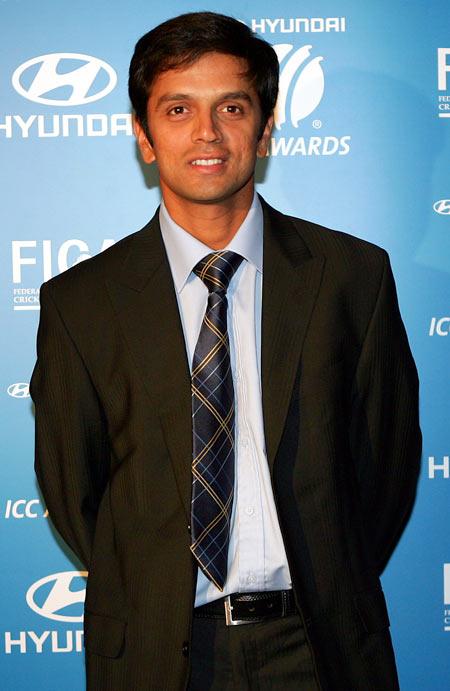 [/caption]
[/caption].jpg) [/caption]
[/caption] [/caption]
[/caption]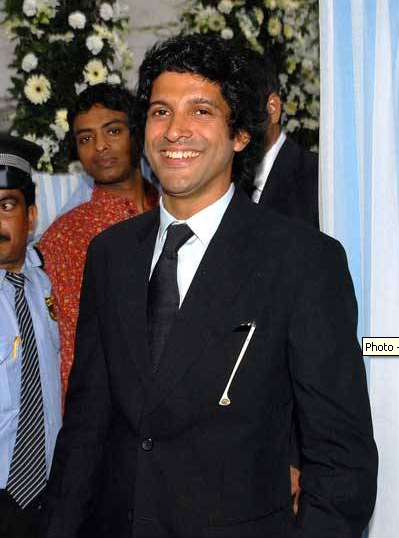 [/caption]
[/caption]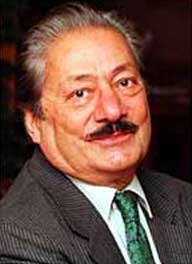 [/caption]
[/caption]